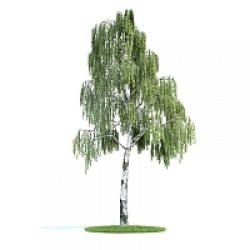Your shopping cart is empty!
MENU

Cold hardy plants are a great addition to any garden, especially in colder climates. They can provide a beautiful burst of color and texture throughout the year, even in late fall and winter. Hardy plants are hardy because they are able to withstand colder temperatures, lower light levels, and a lack of moisture better than other plants.
When selecting cold hardy plants, there are a few factors to consider. Different plants have different cold tolerance levels, so it’s important to research the plants you’re interested in and make sure they will survive in your climate. It’s also important to consider the type of care they require. Some plants may require more water or more frequent pruning than others.
One of the most popular cold hardy plants is the pansy. Pansies have colorful, daisy-like flowers that will bloom all winter long in a variety of colors. They are very easy to care for as long as they are planted in well-draining soil and given regular water. They do best in partial shade, so they can be planted in areas with low light levels.
Another popular cold hardy plant is the English ivy. English ivy is an evergreen climber that grows quickly and can be trained to climb walls or up trellises. It is low maintenance, and it can survive in a variety of conditions. It is also an excellent choice for ground cover, as it thrives in moist, well-draining soil.
Another cold-tolerant plant is the lily of the valley. This plant has delicate, fragrant white bell-shaped flowers that will bloom in late spring and early summer. It is a slow-growing plant that prefers moist, well-draining soil and partial shade.
If you live in a colder climate, cold-hardy plants can be a great way to add color and texture to your garden. They are hardy and low-maintenance, and they can thrive in a variety of conditions. With the right selection of cold hardy plants, you can create a winter garden that will be the envy of your neighborhood.
More about plants hardiness zones - please read here.